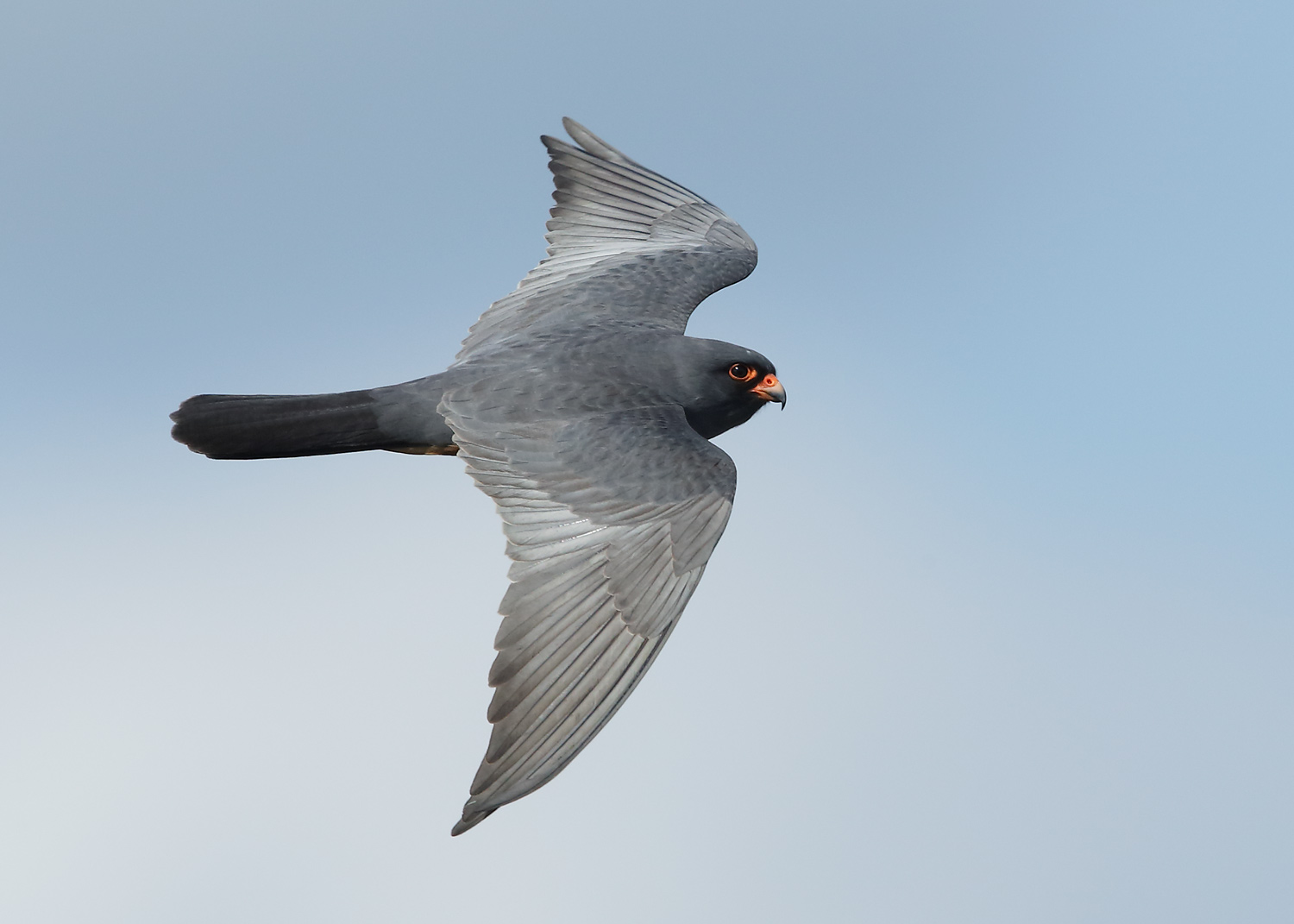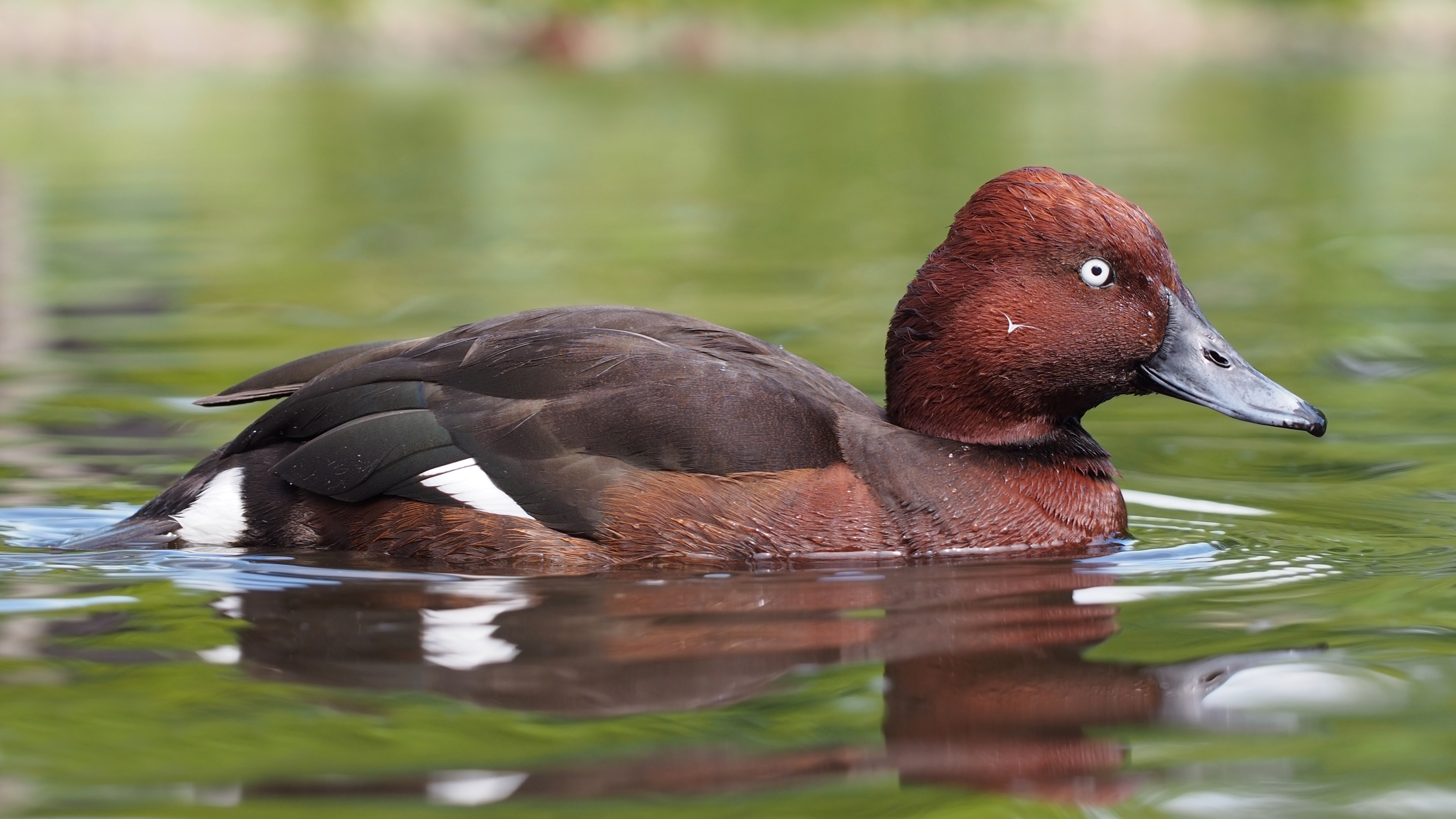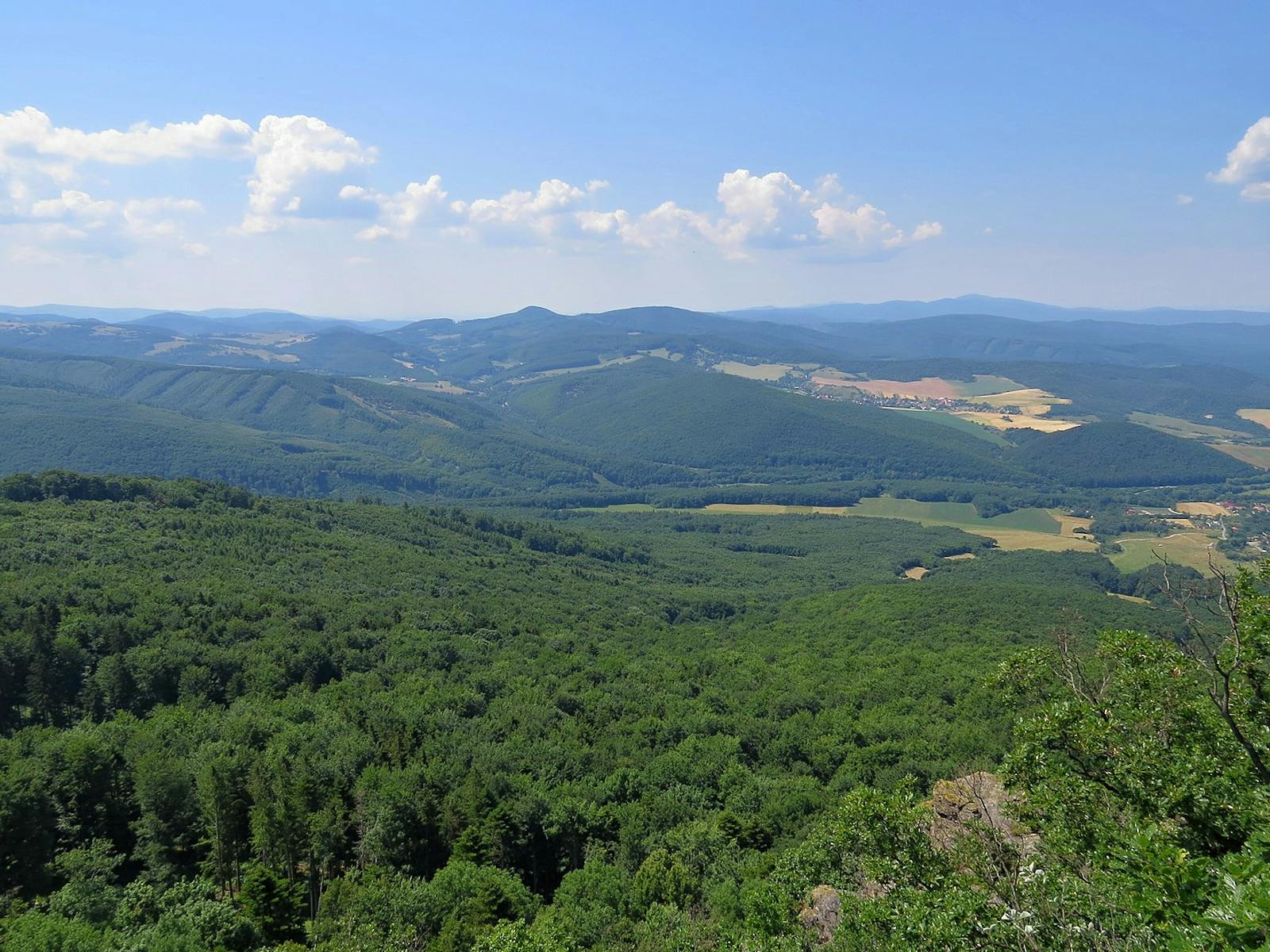Pannonian Mixed Forests
The ecoregion’s land area is provided in units of 1,000 hectares. The conservation target is the Global Safety Net (GSN1) area for the given ecoregion. The protection level indicates the percentage of the GSN goal that is currently protected on a scale of 0-10. N/A means data is not available at this time.
Bioregion: Carpathian Mountain & Plains Mixed Forests (PA14)
Realm: Western Eurasia
Ecoregion Size (1000 ha):
30,759
Ecoregion ID:
674
Conservation Target:
37%
Protection Level:
6
States: Hungary, Romania, Slovakia, Croatia, Republic of Serbia, Bosnia and Herzegovina, Austria, Slovenia, Czech Republic, Ukraine
Almost entirely enclosed by low-lying hills and mountains, the large basin of Pannonian Mixed Forests is host to one of the largest grasslands left in Europe, stretching as far as the eye can see. Previously, this great plain was covered in large tracts of oak-dominated forests, steppes, and lakes. Today, one of the oldest, man-made habitats in Europe known as Pusztam predominates and has been maintained for centuries by low-lying grazing and cultivation. Despite the significant influence humans have had on this region, much wildlife remains, including the red-footed falcon; a typical species of the steppe.

The flagship species of the Pannonian Mixed Forests ecoregion is the red-footed falcon. Image credit: Wildscreen Exchange, Creative Commons
The Pannonian Mixed Forests lie in a depression, surrounded by the Carpathian Mountains in the northeast, Alps in the northwest, and Dinaric Mountains in the southwest. The ecoregion covers the entirety of Hungary, and is only in part of other Central European countries. The climate is heavily impacted by the surrounding mountains, which provide a sheltered position, preventing little rainfall reaching the center of the ecoregion. The landscape consists of rolling hills of low elevations and is separated by two major rivers, the Danube and the Tisza.
Forest steppe dominates in the center of the basin and temperate forest dominates in the rest of the ecoregion. This is subdivided into oak, oak-hornbeam, and beech dominated forest. Lowland swamp and floodplain forests are also found here Dominant trees include turkey oak, sessile oak, and pedunculated oak. Pannonic sand steppes are endemic habitats of this region and include dyer’s alkanet, sand saffron, and the rare Dianthus diutinus.
This ecoregion hosts a rich biodiversity, with many endemic species surrounded by hills that restricted their dispersal and migration. It harbors 46 species of plants listed in the Habitats Directive. Endemic plants include sand saffron, the pink carnation, and the Hungarian pasqueflower. Endemic animals include the Hungarian meadow viper, the Pannonian snail, and the translucent Aggtelek cave shrimp.
Avifauna diversity is high; Lake Neusiedel with Seewinkel National Park, and other important wetlands are renowned for their birdlife. Geese, ducks, and other waders flock to the shallow wetlands every year, including rare species like the lesser white-fronted goose and the spoonbill. Higher on the hills, great bustard, ferruginous duck, imperial eagle, and saker falcon can be found. The raptors often feed off small rodents, like souslik and southern birch mouse. There are a number of endangered reptiles including Orsini’s viper and Balkan wall lizard.

Ferruginous duck. Image credit: Francis Franklin, Creative Commons
The Pannonian region has been heavily influenced by humans. In the 19th century, large areas of the semi-natural and natural habitats were destroyed through land reclamation and river regulation projects which drained the wetlands to create new agricultural land and to control flooding. The forests of the landscape have almost completely been used, transformed, or altered by human activities. Today, only around one-sixth of the region is still forested. What is left is mostly located on the low hills and slopes of the surrounding mountains. There are a number of protected areas in this ecoregion, including Donau-March-Thaya-Auen Ramsar site in Austria, Lonjsko Polje Ramsar site in Croatia and Bílé Karpaty UNESCO MAB Biosphere Reserve in Czech Republic.
The region is highly threatened by human activities, in particular, intensive grazing and browsing pressure. The impact of climate change is also becoming more severe, for example, there has been an increased frequency and severity of droughts and extreme precipitation. Agriculture itself impacts the ecosystems as this is the main land use in the basin and agricultural emissions from chemicals and fertilizers into the atmosphere, soil and water bodies, particularly nutrient pollution in the Danube basin.
Other threats include extensive logging to clear forests for agriculture and invasive alien species, including the black locust which has spread uncontrollably across parts of the region. Additionally, the introduction of the European eel and the grass carp in Lake Fertő have resulted in the extirpation of many indigenous fish species.
The priority conservation actions for the next decade will be to: 1) improve protection status of natural or near-natural forest patches in the Pannonian forest steppes; 2) improve research into the role of sustainable agriculture intensification in reducing agricultural emissions; and 3) restore water-related habitats of the plain.
Citations
- Sundseth, K. 2009. Natura 2000 in the Pannonian Region. [Online]. [Accessed 2 September 2019]. Available from: https://ec.europa.eu/environment/nature/info/pubs/docs/biogeos/pannonian.pdf
- Ceglar, A., Croitoru, A.E., Cuxart, J., Djurdjevic, V., Güttler, I., Ivančan-Picek, B., Jug, D., Lakatos, M. and Weidinger, T., 2018. PannEx: The Pannonian Basin Experiment. Climate Services. 11, pp.78-85.
- WWF. 2019. Eastern Europe: Austria, Bosnia and Herzegovina, Croatia, Czech Republic, Hungary, Romania, Serbia, Slovakia, Slovenia, and Ukraine. [Online]. [Accessed 2 September 2019]. Available from: https://www.worldwildlife.org/ecoregions/pa0431

.png?auto=compress%2Cformat&w=300)

